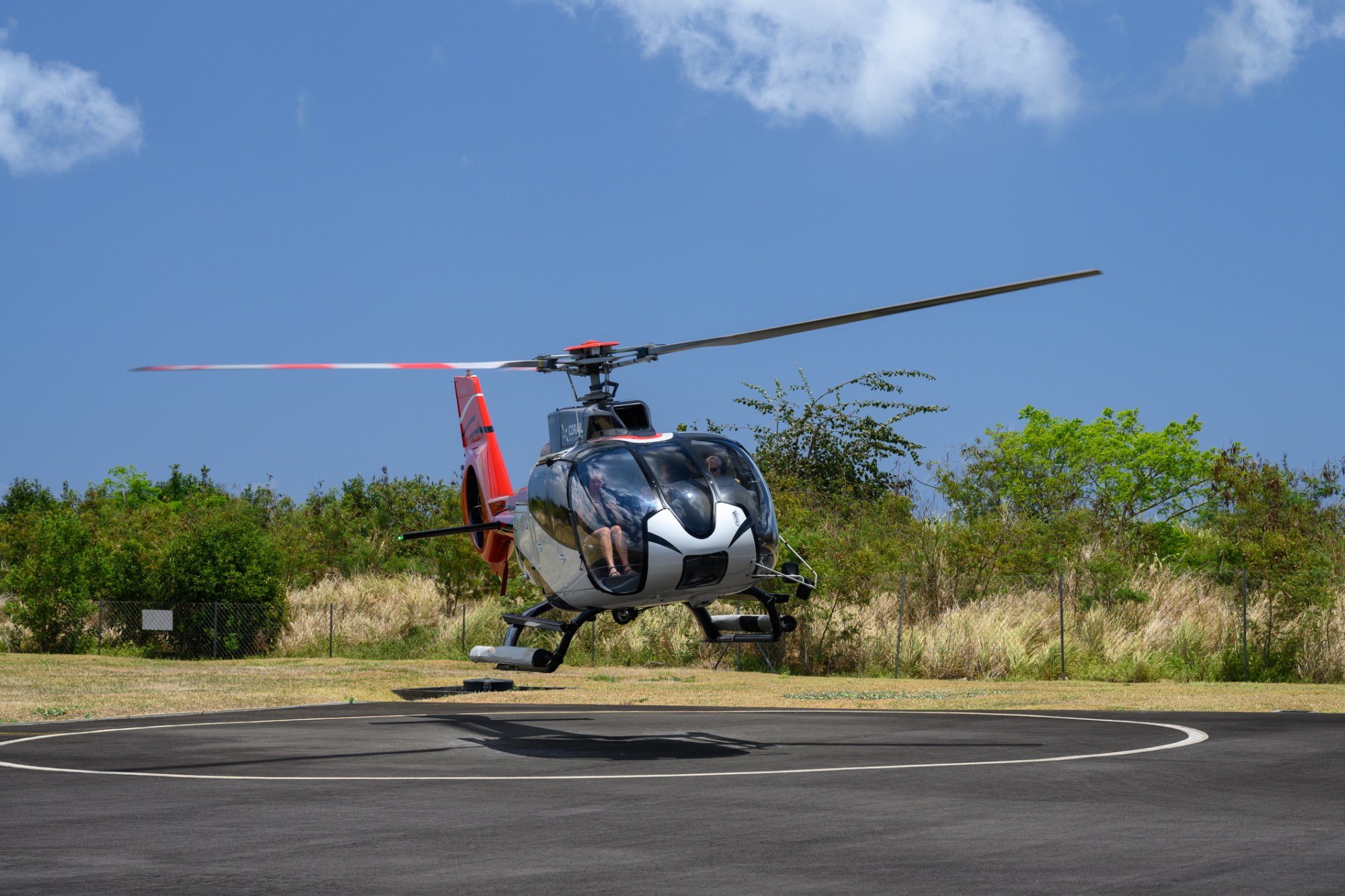WHY AND HOW SHOULD I LEARN TO FLY HELICOPTERS IN THE UNITED STATES

Deciding where in the world to do your helicopter flight training is highly complex and one that should not be taken lightly. Diligent research should be undertaken. I know as I asked myself this very question over 23 years ago. Like so many others I traveled from another country, England in my case, to the United States to accomplish it. Now, over two decades later I am a helicopter experimental test pilot and also the proud owner of a successful flight training school in Long Beach, California. I have been reflecting on this very subject and why I decided to come here. I thought it would be very useful to both highlight and explain my thought processes and how, should you agree with them, go about embarking on your own helicopter career in the USA. The following paragraphs discuss the various subject areas for why people come here and why, in my case, I did so.
- Value for money. Let’s be brutally honest, helicopter flight training is really expensive. I remember when I was converting my FAA PPL(H) to, at that time, a JAA PPL (H) in England, the cost per hour and overall requirements were eyewatering. Even though the costs in the United States were still relatively expensive they were less than half the amount I was forced to pay back home. I couldn’t believe that your Instrument Rating had to be done in a twin-engine turbine in Europe when I knew I could do it in a little R22 in the USA. It made little sense at the time and I thought if I stayed in the UK I would be in debt up to my eyeballs for decades or very simply, couldn’t even afford to start. Certainly, flight training has gone up in cost here in the US, especially with post-COVID inflation, but the fact of the matter is that it is still far more affordable than the majority of options around the world.
- Quality Training: The United States Federal Aviation Authority (FAA) requires all schools who want the opportunity to apply with the Department of Homeland Security (DHS) for Visa Issuing authority to be what is known as a Part 141-Certified Flight School. In essence, being part 141 requires you to go through an extremely thorough and rigorous process whereby every part of your program needs a rubber stamp of approval. Your written teaching syllabus needs to be approved, your aircraft and instructors need to be approved and you even have to have to get out your measuring tape and have the approved correct size of classrooms! This qualification ironically could not be even applied for until your company has been in business for two years as the FAA is trying to make sure that economically viable companies apply and not those that were simply a ‘flash in a pan’, which would go out of business during the process.
- Geographical Variation: The United States is a very large country and as such offers diverse geographic locations and weather conditions, providing a wide range of training experiences. Personally, I came to California because of the near year-round flying weather. I also found that the Los Angeles area offered a diverse flying environment from incredibly complex urban areas with all classifications of airspace, through to sparsely populated desert areas and high mountainous terrain. I foresaw that by learning and getting used to flying in this complex environment, while a lot to take in to start with, would stand me in far better stead in the future. This turned out to be very true as I’ve not flown anywhere else since then that is as challenging as the Los Angeles Basin but am convinced I am a far more proficient pilot because of it.
- FAA Certification: The Federal Aviation Administration (FAA) is known for its rigorous standards and is highly respected in the aviation industry worldwide. The certification it provides is valid or relatively easily transferrable for use in a lot of countries around the world, making it directly relevant and applicable for foreign students who want to go back upon completion to their home countries and continue flying. At the time I was making the decision I did not have a clear picture of where I could end up living so getting an FAA certification gave me a lot of future flexibility in my decision making, which was important.
- English Language Proficiency: English is known as the language of aviation around the world and while not exactly relevant to me, being English, it is nevertheless very important for those for whom it is not a first language. Learning to fly in an English-speaking country like the United States can improve your English language skills, which is crucial for pilot safety and will greatly enhance future career opportunities.
- Networking Opportunities: The United States is both the largest and most mature flying environment in the world with an incredibly diverse operating environment and highly social and professional active flying communities. Vertical Association International (VAI), formally Helicopter Association International (HAI) is the US’s domestic representation organization that actively promotes integration, workshops, and networking. Flying in the U.S. allows you to network with other pilots, instructors, and aviation professionals, which can be valuable for future career development as many of these operators and professionals either have worked or work in foreign countries.
- Advanced Aviation Infrastructure: The United States has arguably the most well-developed aviation infrastructure in the world, including air traffic control systems, navigational aids, and airport facilities. By learning at the right school in the right environment you will be exposed to and become proficient will all the latest technologies and ways of working. I found this especially useful in the context of obtaining an Instrument rating, as part of my Commercial Certificate. The Los Angeles area is one of the busiest airspace environments in the world. When flying and training for your instrument rating you not only now have the options of traditional approaches such as VOR/ILS but also the new GPS precision and non-precision approaches. With such a comprehensive and diverse learning environment constructed of so many airports with these new types of approaches, you can become very proficient very quickly.
- Cultural Experience: It’s fun! Living in the Los Angeles area is a unique experience with such a diverse population and a plethora of things to do. The opportunities for sports and recreation, food, and things to do are legion. Personally, I am a rock climber and LA is home to a multitude of rock climbing gyms as well as many close-by outdoor locations.
In summary, helicopter training in the United States offers a unique blend of benefits and I believe, when combined together, make it the best place in the world to learn to fly. I made the decision to come here and learn 23 years ago and I am convinced that choosing to train in the Los Angeles area specifically has made be a more rounded and proficient pilot.
What is SEVIS?
The Student and Exchange Visitor Information System (SEVIS) is the Web-based system that the U.S. Department of Homeland Security (DHS) uses to maintain information on Student and Exchange Visitor Program (SEVP)-certified schools and the M-1 students who come to the United States to attend those schools.
As an SEVP-certified school, Anthelion Helicopters will issue you a Form I-20, “Certificate of Eligibility for Nonimmigrant Student Status. This document can be taken to your local US embassy or consulate.

For more information on how to apply for an M-1 Visa with SEVIS I have set up a useful guide on our company website SEVIS Program Information | Anthelion Helicopters Flight Training
